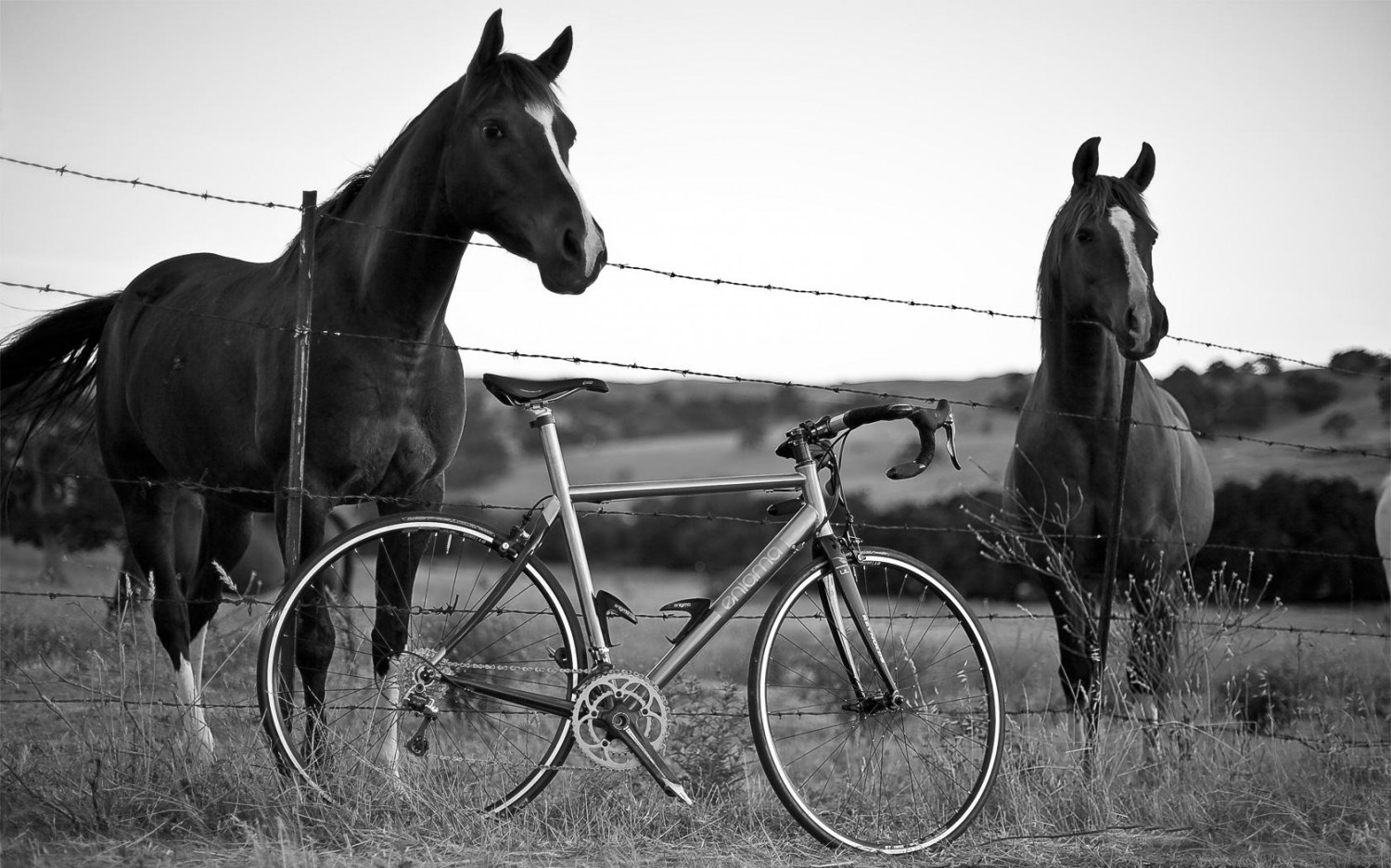Sailing stones, sliding rocks, and moving rocks all refer to a geological phenomenon where rocks move in long tracks along a smooth valley floor, known as Racetrack Playa, without human or animal intervention. They have been recorded and studied in a number of places around Racetrack Playa, Death Valley, where the number and length of travel grooves are notable. The force behind their movement is not confirmed and is the subject of research for which several hypotheses exist.
The stones move only every two or three years and most tracks develop over three or four years. Stones with rough bottoms leave straight striated tracks while those with smooth bottoms wander. Stones sometimes turn over, exposing another edge to the ground and leaving a different track in the stone’s wake.Trails differ in both direction and length. Rocks that start next to each other may travel parallel for a time, before one abruptly changes direction to the left, right, or even back the direction it came from. Trail length also varies – two similarly sized and shaped rocks may travel uniformly, then one could move ahead or stop in its track.
Most of the so-called sailing stones originate from an 850 ft-high (260 m) hillside made of dark dolomite on the south end of the playa, but some are intrusive igneous rock from adjacent slopes (most of those being tan-colored feldspar-rich syenite). Tracks are often tens to hundreds of feet long, about 3 to 12 inches (8 to 30 cm) wide, and typically much less than an inch (2.54 cm) deep.
A balance of specific conditions are thought to be needed for stones to move:
-a saturated yet non-flooded surface
-a thin layer of clay
-very strong gusts as initiating force
-strong sustained wind to keep stones going
On the Web: http://en.wikipedia.org/wiki/Sailing_stones
Crash
















